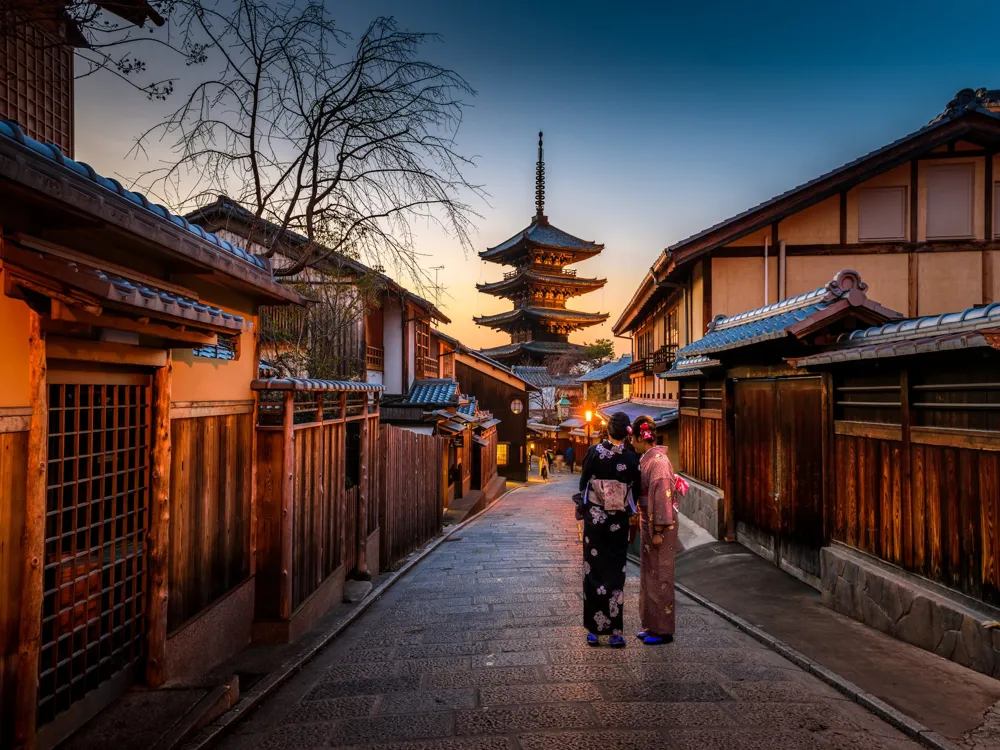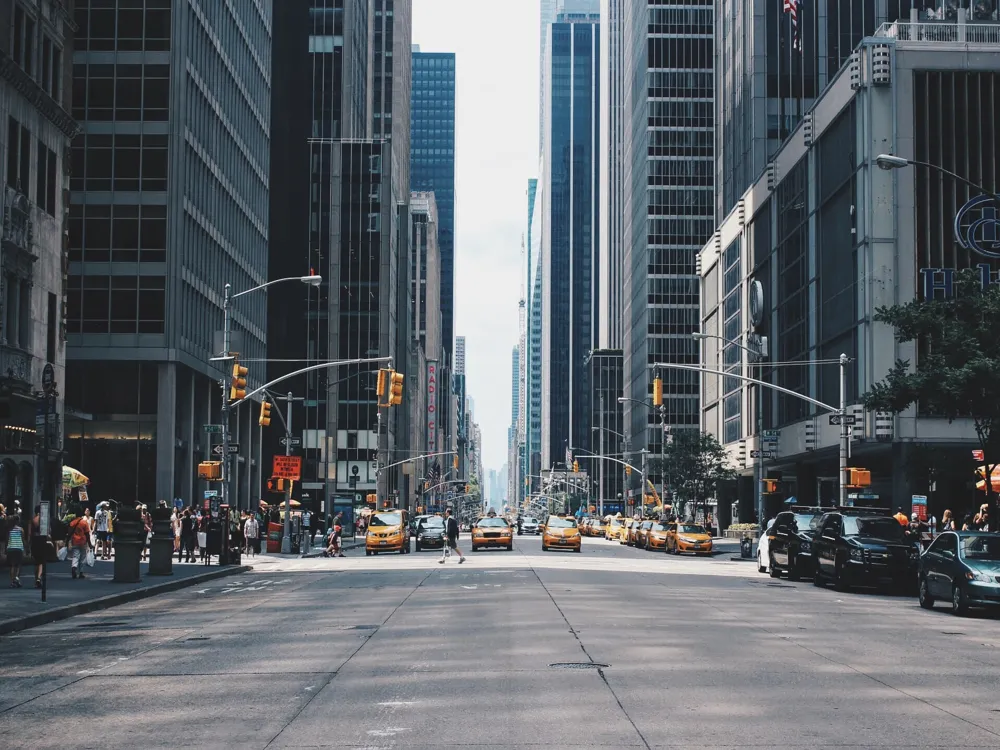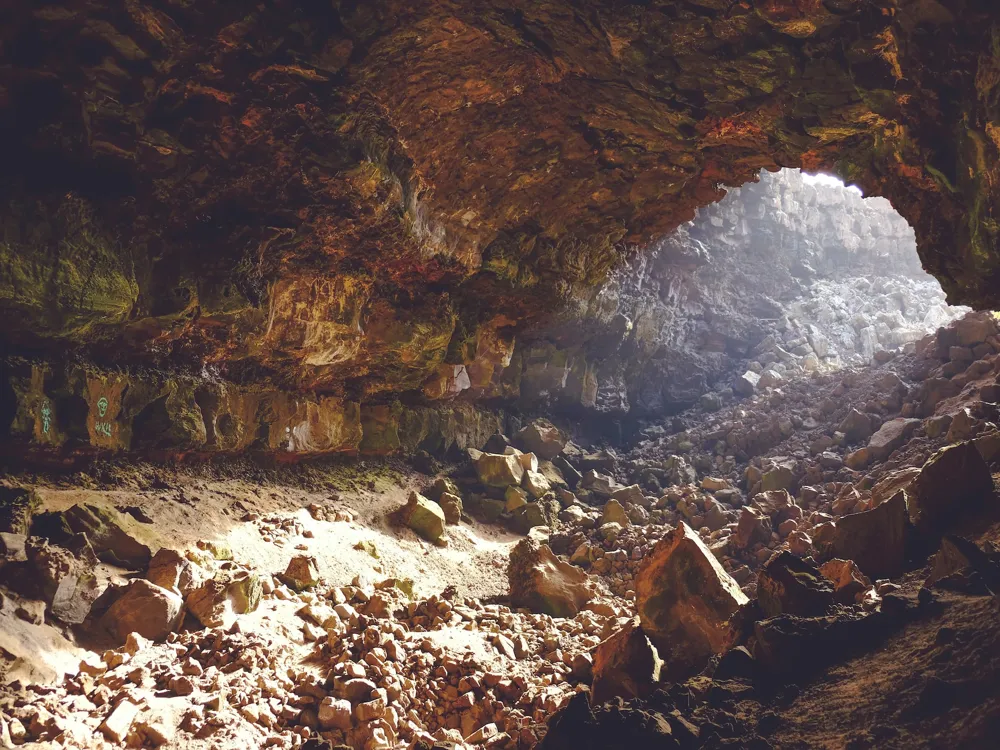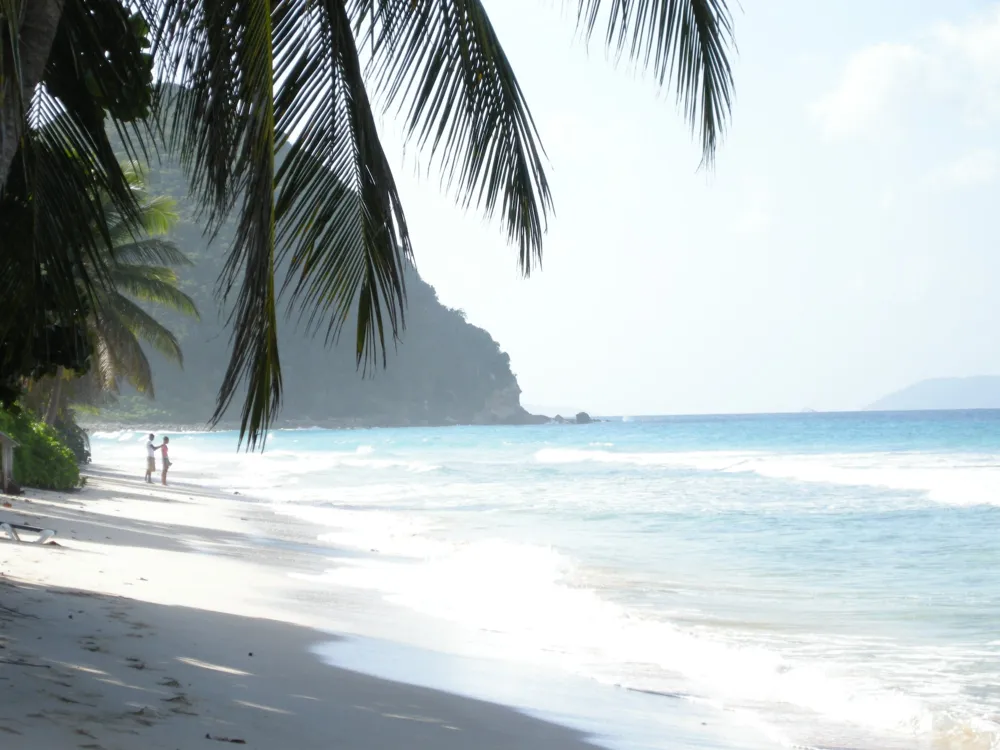Haiphong, a vibrant port city in Northern Vietnam, is a tapestry of cultural richness and industrial vitality. Known as the 'City of Flame Flowers,' Haiphong harmoniously blends its colonial history with modern progression. The city's lifeblood is its bustling port, the second largest in Vietnam, making it a vital cog in the country's economic wheel. Haiphong's charm lies not only in its urban landscape but also in its rich cultural heritage, marked by French colonial architecture, tranquil pagodas, and lively festivals. The city's streets are a kaleidoscope of colors with the famous flame trees blooming fiery red flowers, especially captivating in the summer months. Beyond its industrial facade, Haiphong boasts an array of natural wonders, including Cat Ba Island, part of the UNESCO-listed Ha Long Bay. Cat Ba offers a serene escape with its lush national park, diverse wildlife, and stunning beaches. The city's culinary scene is a hidden gem, offering an array of local delicacies like Banh Da Cua, a unique rice noodle dish, and seafood freshly sourced from its coastal waters. Haiphong is not just a city, it's a journey through time, culture, and nature. Haiphong's history is a captivating narrative of resilience and transformation. Founded in the 19th century, it quickly became a prominent port under French colonial rule. This era left a lasting architectural legacy in the city's urban fabric. Post-independence, Haiphong played a pivotal role in Vietnam's industrial and economic development. The city's resilience was tested during the Vietnam War, where it emerged as a symbol of national fortitude. The city has been a witness to several key historical events, including pivotal moments in the Vietnam War. Its port was crucial for importing essential goods during this tumultuous period. In more recent times, Haiphong has embarked on a journey of redevelopment, focusing on modernization while preserving its rich history. Today, Haiphong is rapidly modernizing, embracing technological advancements and infrastructural development. The city is not only an industrial hub but also a center for technological innovation and education, with numerous institutions paving the way for a bright future. The architecture of Haiphong is a fusion of historical influences and modern designs. The city's architectural landscape is a testament to its colonial past and its aspiration towards modernity. From quaint French colonial buildings to sleek contemporary structures, Haiphong's architecture tells the story of a city that respects its past while embracing the future. French colonial architecture is a defining feature of Haiphong. The grandiose Opera House, the iconic Queen of the Rosary Cathedral, and the charming colonial villas reflect the elegance and style of French architecture. These structures, characterized by their ornate facades, large windows, and beautiful balconies, add a touch of European charm to the city. Interspersed with the colonial structures are traditional Vietnamese architectural elements. Pagodas like Du Hang and Nghe temples stand as serene reminders of the city's spiritual and cultural traditions. These structures, with their curved rooflines and intricate carvings, offer a glimpse into the rich tapestry of Vietnamese history. In recent years, Haiphong has seen a surge in contemporary architectural developments. Modern high-rises, shopping malls, and business centers reflect the city's growth and dynamism. These contemporary structures, while modern in design, often incorporate traditional Vietnamese elements, showcasing a blend of the old and the new. The ideal time to visit Haiphong is from May to October, when the flame trees are in full bloom, adding a vibrant hue to the cityscape. This period also coincides with many local festivals, offering a glimpse into the city's rich cultural tapestry. Haiphong's culinary scene is a must-explore. Relish local specialties like Banh Da Cua, Cat Hai fish sauce, and a variety of fresh seafood dishes. The city's street food offers an authentic taste of local flavors. When visiting Haiphong, it's important to respect local customs and traditions. Dress modestly when visiting temples and always ask permission before taking photos of people. Haiphong's public transport is efficient and affordable. Renting a motorbike can offer more flexibility, but be sure to familiarize yourself with local traffic laws. Haiphong is well-connected by air, road, and sea. The Cat Bi International Airport offers flights to major cities. The city is also accessible by road from Hanoi and other major cities. For a unique experience, take a ferry from the nearby islands or cruise through the Ha Long Bay to reach Haiphong by sea.Overview of Haiphong
Historical Background
Key Historical Events
Modern Developments
Architecture of Haiphong
Colonial Influence
Traditional Vietnamese Elements
Contemporary Developments
Tips When Visiting Haiphong
Best Time to Visit
Local Cuisine
Cultural Etiquette
Transportation Tips
How To Reach Haiphong
Tam Bac Lake
Haiphong
NaN onwards
View haiphong Packages
Weather :
Tags : Lake
Timings : All day
Time Required : 2 - 3 hours
Entry Fee : Nil
Planning a Trip? Ask Your Question
Haiphong Travel Packages
View All Packages For Haiphong
Top Hotel Collections for Haiphong

Private Pool

Luxury Hotels

5-Star Hotels

Pet Friendly
Top Hotels Near Haiphong
Other Top Ranking Places In Haiphong
View All Places To Visit In haiphong
View haiphong Packages
Weather :
Tags : Lake
Timings : All day
Time Required : 2 - 3 hours
Entry Fee : Nil
Planning a Trip? Ask Your Question
Haiphong Travel Packages
View All Packages For Haiphong
Top Hotel Collections for Haiphong

Private Pool

Luxury Hotels

5-Star Hotels

Pet Friendly





















